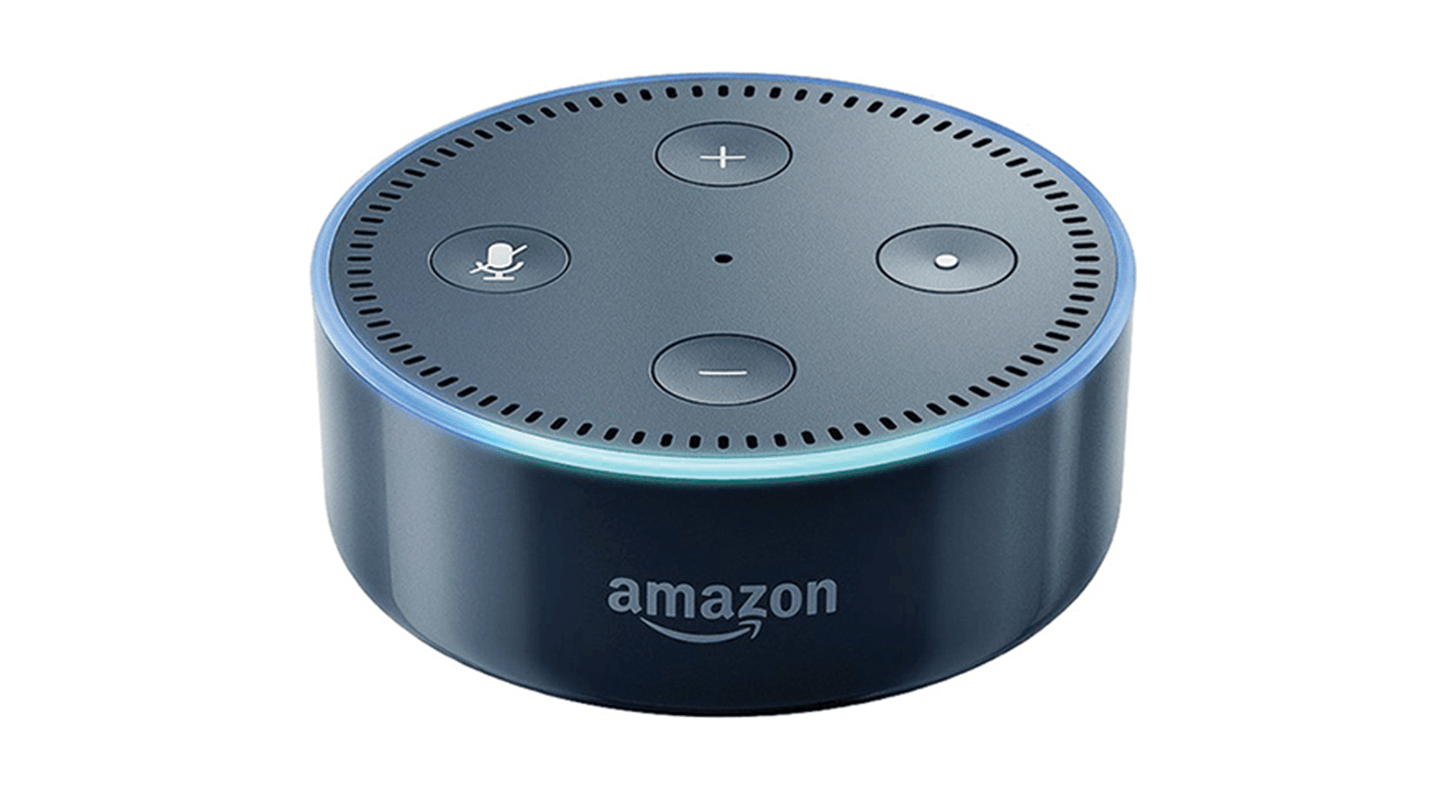
As connected smart devices become more skilled, marketers must take an active role in leveraging them to reduce friction in the customer journey
Since the time we lived in caves, man’s basic needs have remained the same: food, shelter and security. We originally satisfied those needs with our bare hands. With the division of labor came services. (“You do the hunting, and I’ll gather the roots.”) With the discovery of tools, we found ways to better accomplish tasks. For much of human history, the operation of those tools and their adaptation to the specific task was under the control of human intelligence. As society progressed and our needs became more complex, marketing arose to facilitate exchanges.
Now in the unfolding age of artificial intelligence (AI), machine learning, connected smart products and robots, we’re still on that same journey to satisfy our needs, but with the assistance of these evolving capabilities and objects along the way. These capabilities and objects are organized into systems that can deliver a high level of personalized service, and they offer relief from numerous control and decision-making activities. It’s not just the consumer’s journey that’s been impacted by these technological advances. Below that journey, agriculture and the supply chain have been increasingly automated as well. What emerges are complex adaptive systems that pose an existential threat to marketing if the field cannot define its role.
Nature of the Beast
Connected smart products (aka internet of things) embody certain capabilities and skills. These objects can be physical and virtual and are often combined in a product-service system that addresses multiple steps in the customer journey. The objects can communicate with one another and their users via circuits, signals, the cloud, various devices and their associated interfaces such as touch pads and microphones.
While there are different opinions on what makes a product “smart,” it’s fundamentally about the ability to learn, adapt and operate autonomously. Analogous to human actors, smart objects take in data from the environment via sensors and receivers. They use processors to recognize patterns in the data and make predictions. These objects respond along reinforced pathways, sometimes with actuators that convert energy to motion, and they adapt when the response doesn’t produce the expected outcome.
The attributes that make products smart rely heavily on engines and user interfaces (UIs). An engine is a core program that coordinates the operation of other programs. Search and recommendation engines are probably the most well-known, but there are many others. The UI receiving the most attention today is the voice-enabled user interface, which requires natural language capability. We’re all familiar with Alexa and Siri, but consider Garmin’s recently introduced GTN Telligence for the general aviation market. GTN Telligence provides voice control over panel-mounted avionics, which reduces pilot workload and is a step toward the digital copilot. In terms of development, facial recognition (iPhone X), augmented reality (“Pokemon Go”) and even virtual reality are not far behind voice recognition. These UIs will drive the evolution of customer relationship management from personalization to personification.
Welcome to Austin Visuals. We hope you’re enjoying this article! While you’re here, please take the opportunity to browse the visual stories and solutions we’ve created for our clients. If you have an article you’d like us to publish, email us at [email protected].
Marketing Myopia Redux?
The question remains: Where is marketing in all of this? Much of the discussion in marketing dealing with AI and machine learning is centered around impacting the buyer’s search. It makes sense that new technologies would gravitate first to the data-rich area of search and promotion, where considerable inefficiencies exist due to mistargeting, and ROI can be quickly realized. That supposition is supported by a recent survey of AI and machine learning suppliers conducted by TechEmergence. The respondents identified search as their No. 1 most-profitable application today and over the next five years. Their primary value proposition was generating new revenue for their clients with a focus on e-commerce, digital media and retail. Product development received limited mention, as did customer service, despite the widespread adoption of chat bots.
Perhaps as the application of smart digital tools to search begins to show diminishing returns, marketers will realize the need to take ownership of the entire customer journey, or risk marginalization. That involves assuming responsibility for the integration of new technologies at every step of the journey. Paramount among those steps is understanding use.
Smart products will be the competitive weapon of the future. When the most convenient and intuitive option is affordable, customers will choose it. Some smart products address convenience by providing intelligent assistance so that the customer need not open a user manual, call a helpline or make an appointment at the Genius Bar. A smart product in one domain can supplant unintelligent products in another. With Google Maps on your smartphone, do you really need a dashboard-mounted navigator? Moreover, incumbents in traditional industries face the risk of disintermediation (cutting out the middleman) or “Uberization,” when a competitor wedges a smart product into the relationship with the customer.
Finding Marketing Magic
Decades ago, Peter Drucker said, “It is the aim of marketing to know and understand the customer so well that the product or service fits him and sells itself.” This sounds like a lofty ideal, but today’s smart products are increasingly able to get intimate with customers, learn, adapt to their habits and changing needs and nearly sell themselves. Nobody is claiming that promotion will disappear, but less promotional effort is required for products that break the mold, delight early adopters and go viral (or at least receive a ton of free coverage), such as Amazon’s Echo and Echo Dot.
Developing Alexa skills.
Alexa is a textbook example of a complex adaptive system (CAS) that marketers need to wrap their heads around. A CAS is a network of interacting entities whose collective behavior is distinct from its subparts. Think of a school of fish. A CAS lacks clear boundaries. It is self-organizing, often nested with memory; feedback loops; and behaviors that are chaotic (butterfly effect), nonlinear, unplanned and unpredictable. But the most distinguishing characteristic of a CAS is its ability to adapt and learn.
To get a feeling for a CAS, visit the Alexa Skill Store to see the many ways that Amazon has encouraged developers to create skills that leverage Alexa’s built-in capabilities. There are currently more than 15,000 skills. Skills extend the capability of the smart product to perform additional tasks, which creates a more personalized experience for the user. Alexa skills now direct and control other smart devices like home environment and lighting.
Getting Started
Most firms are not at the cutting edge of new technologies, and some have yet to dip their toes in the water. If your industry or company is among those late adopters, here are some ways that you can get things moving.
Examine the customer journey horizontally to identify where the insertion of smart technology can add convenience and/or personalization and perhaps reduce costs. Journey analytics and mapping is a good place to begin.
If a smart product is the answer, think of the offering as having three parts: your traditional product, a smart system addition and one or more UIs. The smart system will likely be hosted in a third-party cloud (such as Amazon Web Services) and will be composed of skills. Among the choice of UIs, you would be remiss not to consider the smartphone, as mobility is key.
Add a smart adapter to connect your product with its smart system. One option is a small streaming USB stick like Roku. These sticks provide Wi-Fi connectivity and some processing power to run apps.
While Wi-Fi modules and UIs are available off the shelf, skills create the unique customer experience that builds loyalty and continued engagement. Of course, someone must create those engines and skills. While writing code may not be your bailiwick, marketers should participate in software requirements specification. This involves assembling the whole (the CAS) out of building blocks such as user profiles, matching rules and learning algorithms to improve matching.
Our experience working with large automakers as well as startups suggests focusing on a specific application or skill first. While creating a platform is the holy grail in business strategy, traditional product companies and marketers are well-advised to begin with a specific application using as many components off the shelf as possible.
Put a premium on collecting feedback data on your first skill and run it through analytics and a rapid prototyping process to optimize the customer experience.
Written by Lawrence A. Crosby and Chris S. Langdon
Marketing News
Read the original article here
Austin Visuals is a full-service 3D, 2D, Motion Graphics, Live Video, E-learning, Digital Publication studio. We’ve been creating digital magic nationwide for a decade. We work with companies of all sizes from startup to standout. Call us for a free consultation. 512-591-8024 [email protected]




